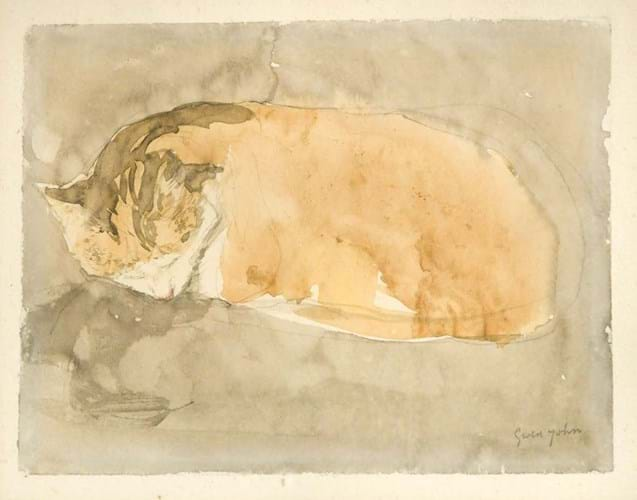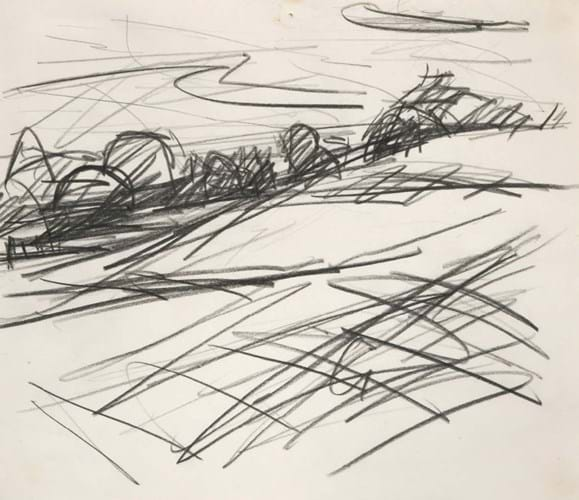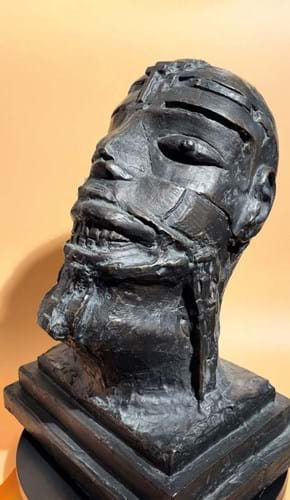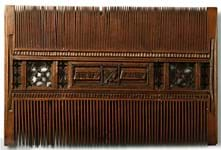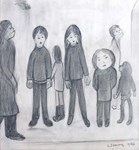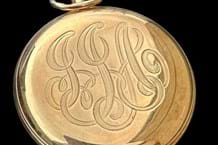Our idea of modern spinsterhood owes much to the Welsh artist Gwen John (1876-1939).
The painter’s domestic portraits of solitary women and cats have, inadvertently, fuelled the spinster stereotype, as has her own life.
Famously eclipsed during her lifetime by her brother Augustus John and lover Auguste Rodin, she suffered a string of unsuccessful relationships and chose to spend her later years as a recluse in northern France. Deeply resentful of the expectation on women to marry and bear children, she once said: “I think if we are to do beautiful pictures, we ought to be free from family conventions and ties.”
Cats, rather than people, were the constant source of comfort in John’s life and she depicted them frequently, most notably her tortoiseshell Edgar Quinet. Named after a street in Paris where she lived, he features in two of the painter’s best-known watercolour studies in the collections at the Tate and the V&A. (Devastated when he ran away in 1908, John composed a poem Au Chatinspired by her loss which she sent to Rodin.)
While her so-called ‘spinster’ portraits set the benchmark for the artist’s prices on the secondary market, generating between £100,000 and £250,000 at auction for the best examples, her cat studies are also prized by collectors. Over the last 20 years, several watercolours have sold for more than £10,000.
Sleepy moggy
One of the strongest prices to date in this category was achieved for a watercolour of a sleeping feline in an Art & Design sale at Cheffins (25% buyer’s premium) of Cambridge on February 22.
Described in the catalogue note as demonstrating the “meditative and soulful nature” of John’s artistic practice, the undated 5 x 6½in (12.5 x 16.5cm) work titled Sleeping Cat had appeared in the artist’s retrospective at the Arts Council of Great Britain in 1968.
Quite possibly an unfinished depiction of her beloved Edgar Quinet, the work attracted multiple bids via the phone and internet against a £3000-5000 estimate before the hammer fell to an international private buyer for £19,000. The price is among the top prices for any single cat study by John and follows a $24,000 (around £19,000) bid three months ago for a watercolour depicting Edgar Quinetat US auction house Weschlers.
Asked about both watercolours, Cheffins director Brett Tryner told ATG: “While our picture has always been titled as ‘Sleeping Cat’, there certainly are similarities between the two.”
‘This is my world’
If cats are among John’s most enduring subjects, then Primrose Hill in north London is the equivalent for Frank Auerbach (b.1931). The German-British artist has frequented the small park with fine views over the city since he started working in his nearby Camden studio in the early 1950s.
“This part of London is my world”, he wrote in 2001. “I’ve been wandering around these streets for so long that I have become attached to them, and as fond of them as people are of their pets.”
The landscapes, captured in all weathers and at all times of day, are typically vigorous and dynamic in their execution. They range from small preliminary drawings and sketches in charcoals and pastels to large oil paintings. Prices on the secondary market tend to start from around £3000 and rise to over £2m for the largest paintings.
The Cheffins sale featured a characteristically bold and energetic example in pencil completed by Auerbach in 1971. It included the personal inscription verso to Lauren / from / Frank.
With additional provenance to London galleries Richard Salmon and the Marlborough Gallery and in “overall nice, clean condition”, it drew intense interest from six bidders, doubling its top estimate to fetch £16,000 from a UK private buyer on the phone.

The Granville Music Hall, Walham Green, 1952, by Frank Auerbach (the reverse with a further sketch), £8500 at Cheffins.
The same consignment also included an early double-sided pencil sketch by Auerbach, dated 1952, depicting the interior of The Granville Music Hall in Walham Green in west London.
The theatre, which opened in 1898, was noted for the glazed Doulton faience tiles that covered the entire auditorium, but it was sadly demolished in 1971 to make way for an office block. Although cinemas and theatres, such as Camden theatre, feature frequently in Auerbach’s extensive sketches of post-war London, this appears to be the first time The Granville has featured in a drawing by the artist on the secondary market.
The 7 x 10in (17 x 25.5cm) work had some light foxing and sold for a mid-estimate £8500.
Make it count
The sale’s top lot was Count Basie, 1987, a rare brown patinated bronze head sculpture of the American jazz pianist and bandleader by Eduardo Paolozzi (1924-2005).
This example, which is believed to be one of just three made (each with a different patination), is the only one left in private hands.
It belongs to a series of heads Paolozzi produced in the 1980s exploring the morphology of the human form, typically with their sense organs enlarged or defaced and realigned. Like many of Paolozzi’s heads, it was made using found objects including, appropriately for the subject, a mouth-shaped harmonica.
Paolozzi also borrowed and repurposed motifs from Mr Cruikshank(1950), his first sculpture that took a ready-made machine as its subject and was named after a robotic dummy created at MIT to test the human capacity to withstand radiation.
The 15in (39cm) high Count Basie bust, editioned 2/2, is probably the same work that sold for £15,000 in the Modern British art collection of Barbara Holliday at Essex saleroom Sworders in 2019. With an estimate of £12,000-18,000 at Cheffins, it sold for £24,000 to a UK private buyer via the internet against competition from a phone bidder.


